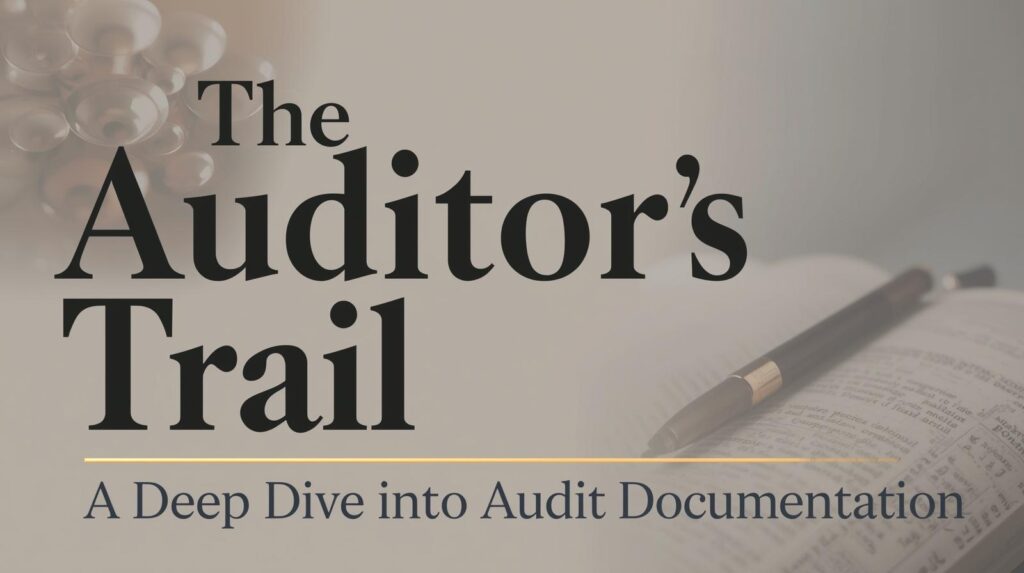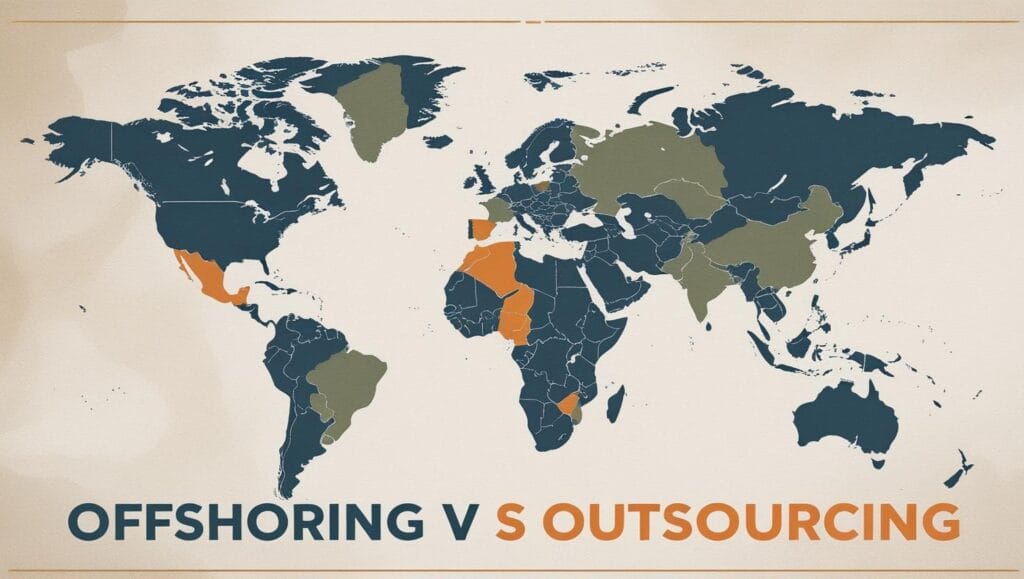Single-Entry vs. Double-Entry: Choosing the Right Accounting System
Every business, from a local coffee shop to a global corporation, must record its financial transactions. The method used for this recording falls into one of two fundamental systems: single-entry or double-entry. One is like a simple diary of cash, while the other is a complete, self-balancing framework that forms the bedrock of modern accounting.
Disclaimer: This guide explains foundational accounting systems for educational purposes and is not a substitute for professional financial advice. Please consult with a qualified accountant to determine the best practices for your business.
The Single-Entry System Explained
Principle: A Simple Cash Log
The single-entry system is the most basic form of bookkeeping. Think of it as a detailed checkbook register. Each transaction is recorded as a single line item, representing either income coming in or an expense going out. It primarily tracks the flow of cash.
There are no debits or credits. It’s a straightforward list. For example:
- July 1: +$500 (Cash from Service Rendered)
- July 5: -$80 (Cash paid for Office Supplies)
- July 10: -$1,200 (Cash paid for Rent)
Limitations: This system’s simplicity is also its biggest weakness. It does not track non-cash assets (like equipment), liabilities (like loans), or owner’s equity. Because there is no balancing mechanism, errors can go undetected, and it’s impossible to produce a proper Balance Sheet.
The Double-Entry System Explained
Principle: The Accounting Equation
The double-entry system is the universal standard for all professional accounting. It is built upon the fundamental accounting equation:
Assets = Liabilities + Equity
In this system, every single transaction has a dual effect on this equation, keeping it in constant balance. A transaction is recorded with at least one debit (Dr) and at least one credit (Cr), and the total debits must always equal the total credits. This is where the Golden Rules of Accounting come into play.
Let’s take the same “rent” transaction from before:
- You pay $1,200 for rent. The two effects are:
- Your Rent Expense increases.
- Your Cash (an asset) decreases.
The journal entry would be: Debit Rent Expense $1,200 and Credit Cash $1,200. The system remains perfectly in balance.
Head-to-Head: Comparison Table
| Feature | Single-Entry System | Double-Entry System |
|---|---|---|
| Core Principle | A simple list of income and expenses, like a cash diary. | Based on the accounting equation; every transaction has two equal and opposite effects (debit & credit). |
| Accuracy | Prone to errors as there is no self-checking mechanism. | High. The system is self-checking. A Trial Balance can be prepared to ensure total debits equal total credits. |
| Error Detection | Very difficult. Errors can remain hidden indefinitely. | Easy. If the books don’t balance, an error exists and must be found. |
| Financial Statements | Can only produce a basic Profit & Loss statement (Income Statement). Cannot produce a Balance Sheet. | Produces a full set of financial statements: Income Statement, Balance Sheet, and Statement of Cash Flows. |
| Suitability | Very small, cash-based businesses, freelancers, or for personal finance tracking. | The required standard for all incorporated businesses, partnerships, and any business seeking loans or investment. |
| Complexity | Very simple. Easy to learn and maintain manually. | More complex. Requires an understanding of accounting principles (like the Golden Rules). |
Which System Should You Use? The Professional Recommendation
While the single-entry system might seem tempting for its simplicity, I strongly advise every serious business owner to use the double-entry system from day one. Here’s why:
- It’s the Standard: All accounting software (QuickBooks, Xero, etc.), all accountants, and all financial institutions operate on the double-entry principle. Using it makes your business universally understood.
- It’s Scalable: A system that works for you as a solo entrepreneur will also work when you have 100 employees. You won’t have to switch later, which is a painful process.
- It Provides a Complete Picture: To truly understand your business’s financial health, you need a Balance Sheet. Only a double-entry system can provide that.

